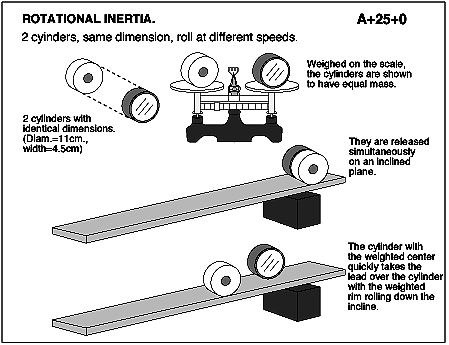In class we were given a challenge to find the mass of a
meter stick by only using a 100 gram weight. The answer was torque. When balanced
the meter stick has the same torque pushing counterclockwise as clockwise. The formula
for torque is Torque=Force*Lever Arm. The lever arm of the system is the
distance from the weight to the base of support that the meter stick was being balanced
on, in this case 28 cm. With the force and the lever we were able to find the
torque which was 27.53 Ncm. We knew that the torques of each side are equal so
we placed the torque of the non-weighted side equal to 27.53 and found the
lever arm to be 21.9 cm. With the torque and the lever arm we calculated the
force and converted it to a mass. The mathematical mass we found was 128.31
grams and when weighed on a scale the mass was found to be 119.4 grams. We were
off because our calculations were for the lever arms were rounded and possibly incorrectly
measured. The process works as we were only about 10 grams away from the true
mass.




